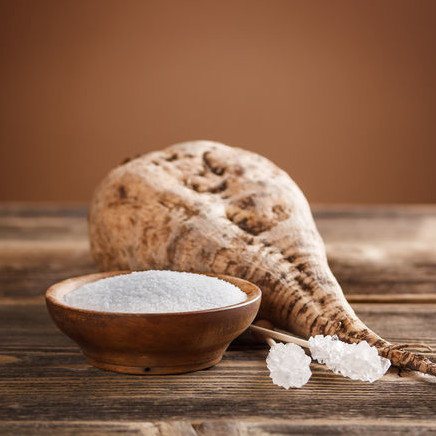The choice between beet sugar vs cane sugar can influence the flavor profile of certain dishes.
The choice between beet sugar vs cane sugar can influence the flavor profile of certain dishes.
Blog Article
Exploring the Differences being used and Benefits In Between Beet Sugar Vs Cane Sugar
In the cooking globe, the selection in between beet sugar and cane sugar is not just concerning sweet taste yet entails a nuanced factor to consider of taste, application, and impact. While both sugars stem from various plants, each undertakes distinct production procedures that discreetly influence their characteristics and viability for different recipes. As cooks and consumers increasingly prioritize both the environmental and flavor accounts of their components, comprehending these differences comes to be crucial. This expedition uses insight into how each sugar type can best enhance cooking productions.
Beginnings and Production Processes of Beet and Cane Sugar

Cane sugar, on the various other hand, originates from the sugarcane plant, a tropical lawn indigenous to Southeast Asia now grown in exotic zones worldwide. The manufacturing of cane sugar starts with the harvesting of cane stalks, which are crushed to launch the juice. This juice is after that steamed to concentrate it, after which it is spun in centrifuges to create raw sugar crystals. These crystals are more refined to produce the white sugar generally available in stores.

Nutritional Content and Health And Wellness Considerations

When comparing the nutritional web content of beet sugar and cane sugar, it comes to be apparent that both types basically provide the exact same calorie values, with around 16 calories per teaspoon and no considerable nutrient variety. Both sugars, when consumed in excess, can add to raised blood sugar degrees, a threat element for diabetic issues and various other metabolic problems. From a health perspective, moderating intake of any type of sugar, whether from beet or cane, is advisable to stay clear of these possible adverse results on health.
Taste Profiles and Culinary Applications
Despite their similar chemical structures, beet sugar and cane sugar differ subtly in flavor, which can influence their use in various cooking contexts. Walking cane sugar commonly brings a hint of molasses, also in its refined form, offering a cozy, caramel-like undertone that boosts baked goods, coffee, and chocolate-based recipes. This mild molasses taste is specifically valued in the cooking sector for adding deepness to sugary foods and breads. On the other hand, beet sugar is characterized by its extremely refined, neutral taste, making it a functional sweetener that does not modify the flavor accounts of recipes. This neutrality is specifically helpful in delicate recipes, such as light breads, lotions, and some sauces, where the intrinsic tastes of other active ingredients are intended to attract attention. Consequently, cooks image source and food suppliers might pick one kind of sugar over the other based upon the wanted flavor result of their cooking creations.
Environmental Effect and Sustainability
While both beet and cane sugars are obtained from plants, their environmental impacts differ considerably due to the distinct methods of cultivation and handling needed for each. Sugar beet growing commonly entails extensive mechanization, which can raise fossil gas consumption and carbon emissions.
Furthermore, the processing of sugarcane frequently produces a significant amount of waste, including bagasse, which, although useful as biofuel, frequently contributes to air pollution if melted inefficiently. Sugar beet processing utilizes more of the raw materials, resulting in less waste. Both markets face obstacles in decreasing their environmental impacts, yet continuous advancements in agricultural methods and waste administration are intending to improve sustainability.
Economic Aspects Influencing the Sugar Industry
The financial dynamics of the sugar market are significantly influenced by worldwide market demands and trade find more info policies. In areas where sugarcane or sugar beet manufacturing is subsidized, manufacturers might have a monetary advantage that enables them to provide lower prices on the international market.
In addition, variations in international need for sugar, influenced by dietary trends and commercial usage in foodstuff, directly impact prices and manufacturing degrees. beet sugar vs cane sugar. Weather likewise play a critical role, as they can significantly influence plant yields and, consequently, the supply chain. This irregularity presents a level of economic unpredictability that can cause investment volatility in sugar production sectors, affecting choices from planting to market strategy
Verdict
In final thought, both beet and cane sugar have distinct high qualities that suit various cooking requirements. While cane sugar imparts a rich flavor ideal for boosting baked products, beet try this sugar's neutrality is excellent for lighter meals. Nutritional resemblances regardless of, their distinct manufacturing processes and ecological impacts include complexity to the selection between them. Hence, comprehending these differences aids chefs and customers make informed choices that align with their health and wellness, culinary, and honest preferences.
Report this page